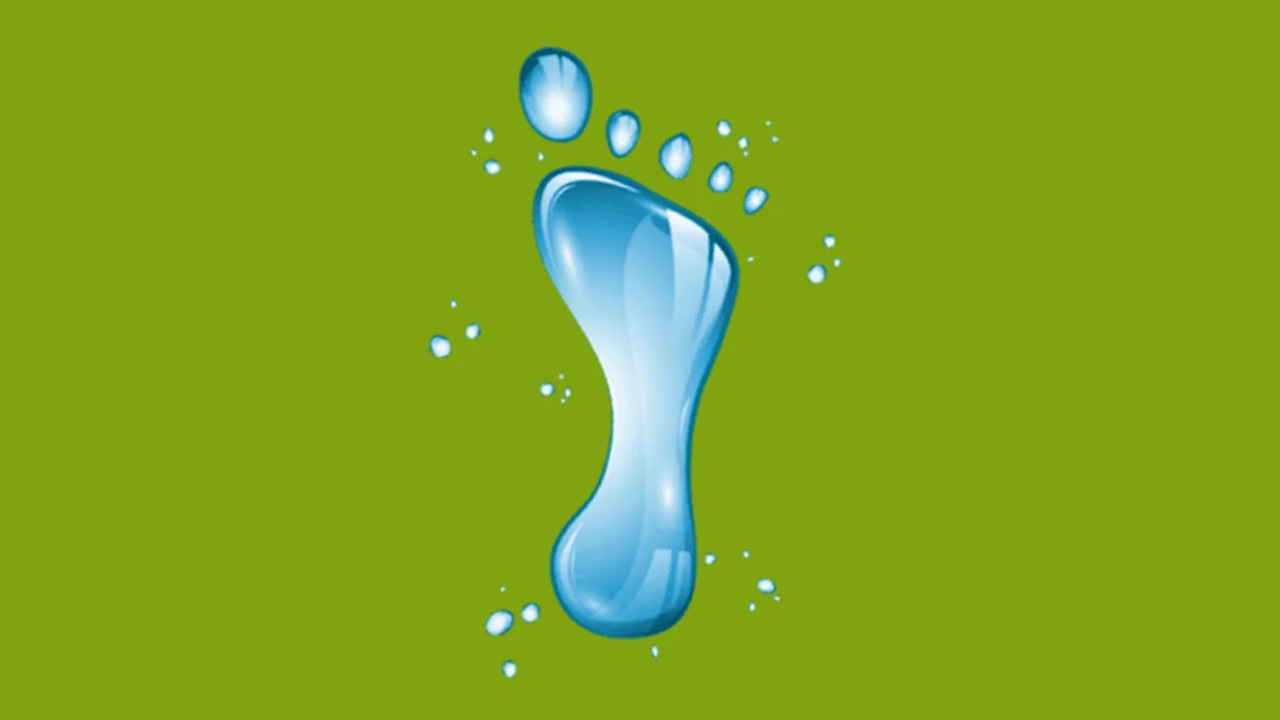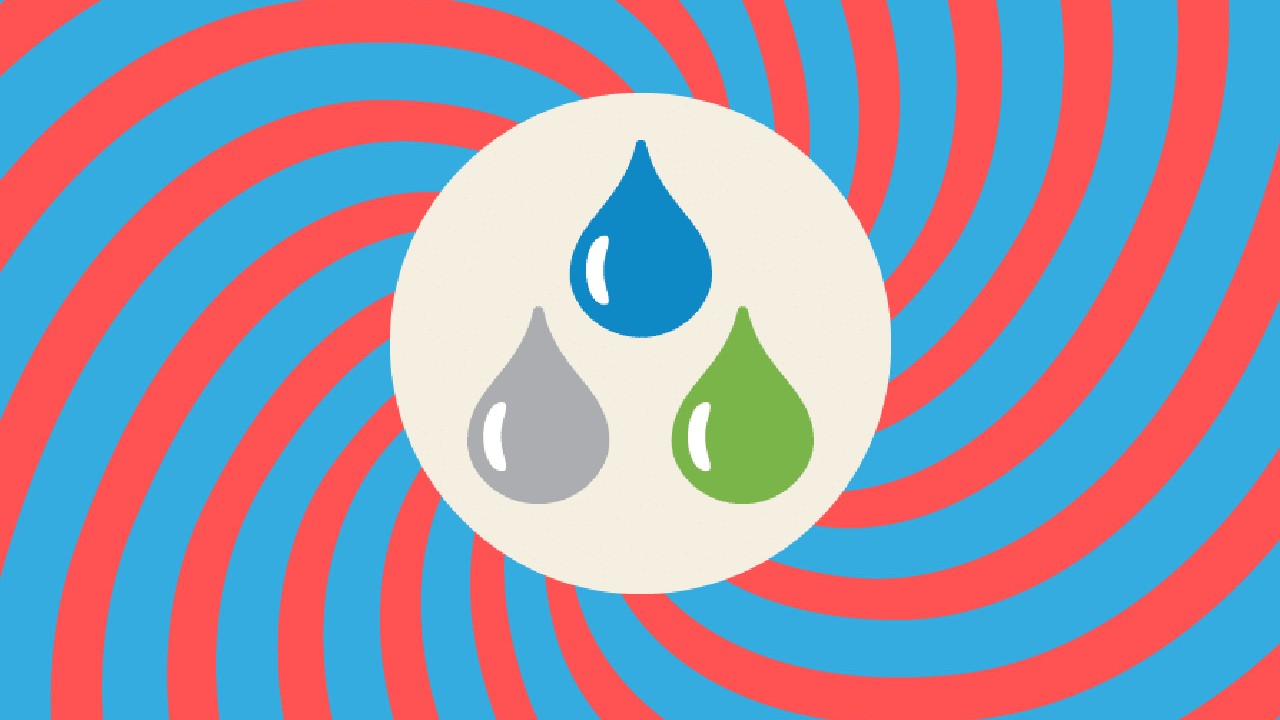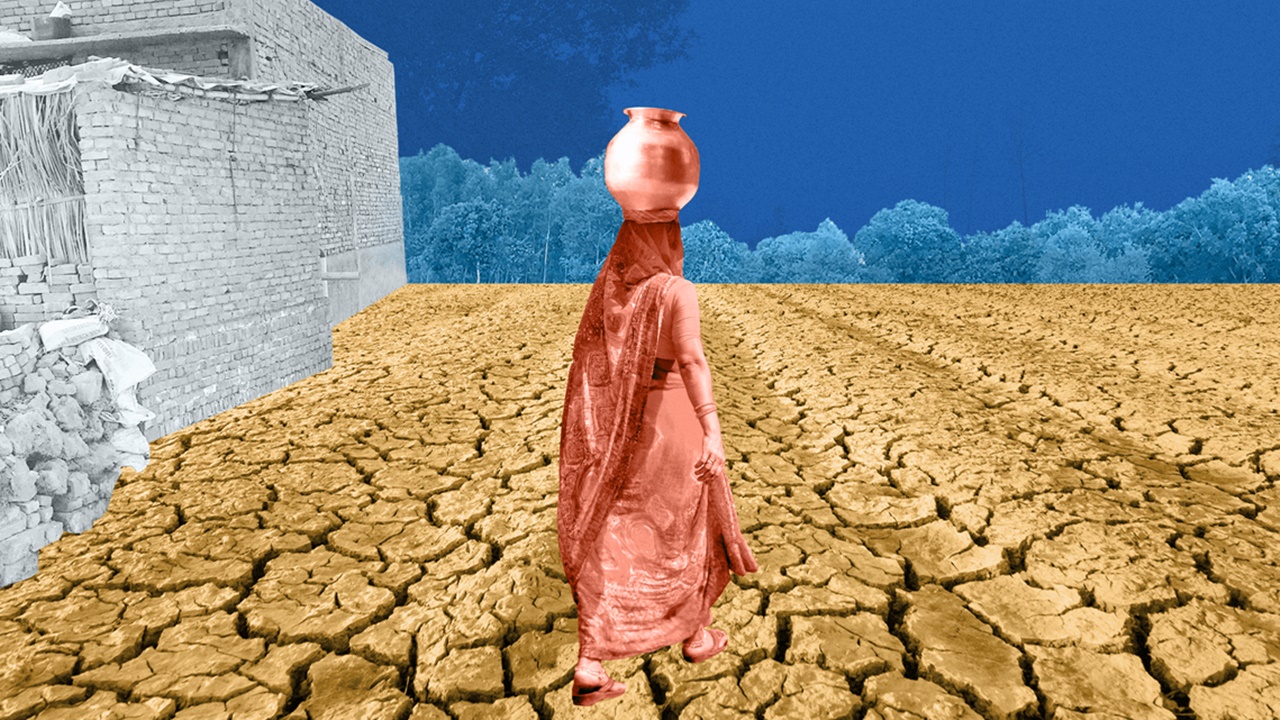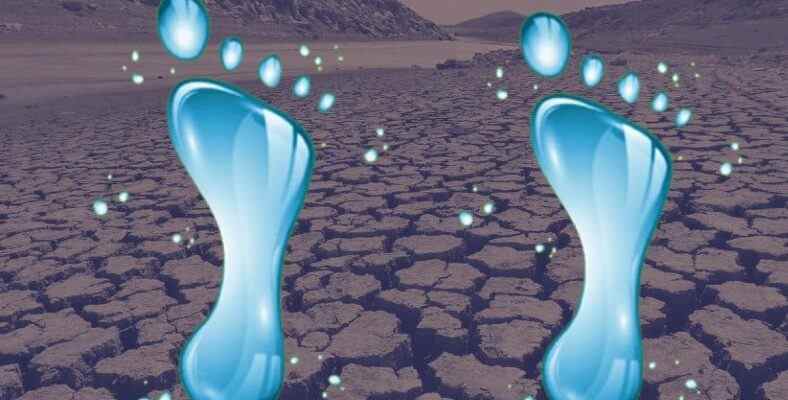One of the substances used in the production of many things we consume in this life is water. Even the production of an outfit affects it. This is what creates a water footprint. So what is this water footprint?
Water footprint refers to the amount of fresh water used to produce goods and services. More precisely, we can say that this is the measurement of the amount of fresh water that people consume or pollute. Used, for example, to grow rice or to allocate fuel to cars. amount of water measurement shows us what size this trace is.
How much water is consumed by individual countries and even globally liters or cubic meters can be measured in terms of In short, you can learn how much water is used and polluted by all supply chains, from production to consumption. So what effect does this have on our lives?
In fact, this is a matter of explaining the dimensions of “waste of water and unconscious use of water”.
For example, when you look at the water footprint of companies all over the world, you can measure it per ton of production, per hectare, per currency unit. It is especially important to measure company-based water footprints because it can be determined from where and when the water is taken. Thus, if water is taken from regions where water resources are scarce, it is necessary to act immediately. So from those sources. water intake It would be more correct to say that awareness-raising activities should be started to cut it.

At this point, it is necessary to talk a little about the awareness-raising activities on water footprint and the emergence of this concept. Water footprint, academic working in the Unesco arm of the Health Entrepreneurs Association in 2002 Arjen Hoekstra A concept introduced by Then, in 2008, as business people from many sectors showed interest in this issue, Hoekstra established a community called “Water Footprint Network”.
Thus, this network begins to give information about the consequences of wasting water and the unconscious use of water. They even want to raise awareness about how we can use water sustainably. At its simplest, this is how much water we as individuals need in daily life, and also how much water companies need in their production activities. into the water An organization that provides information on what it needs. In this way, they believe that we can protect our water resources by not using more than they are worth.

Because if people are not conscious anymore, just as the carbon footprint causes climate change, today’s societies that have a population increase problem will also be affected. in water supply may have problems.
In fact, according to the study carried out by Arjen Hoekstra and academician Mesfin Mekonnen, each person consumes an average of 1,385 cubic meters of water per year. As another example, the World Health Organization (WHO) states that when we take a 10-minute shower, we 200 liters of water We can say that it expresses what we consume.
For example, according to the United Nations, since the human population will approach 10 billion people by 2050, not using the water resources properly will harm all living things in the world. your life jeopardizes it. In other words, as you can see, if the usage rate continues to increase in this way, we may have a hard time finding water to consume.
According to Arjen Y. Hoekstra, the main source of these water problems is the functioning of the global economy in general. Because many countries import goods that use water intensively in their production. This situation puts the water resources at risk of depletion in export regions where the necessary sanctions for the rational use and protection of water are lacking. Because the continuous supply and demand system works. a capitalist market and there is a resource circulation that needs to be spent in export regions.
Now let’s take a look at the types of this water footprint.

green, blue and gray has three types. These show us where the water comes from. For example, green water footprint; It is the water that is stored in the roots of the soil, evaporates or accumulates there due to reasons such as rain and snow. It is mainly used in agriculture, horticulture and forest products. Blue; It is water obtained from surface or underground water sources, evaporated and discharged into a product or into the sea. This footprint can be found in irrigated agriculture, industry and domestic water use.
Gray footprint; It refers to the amount of water used to reduce pollution and improve water quality. In fact, although this is focused on reducing pollution, it shows us the amount of polluted water. For example, with underground pipelines, a fresh water source can be reached after precipitation. your waters Let’s give an example of this.

Now, let’s continue to deal with the subject with different examples. For example, according to the data of the UN Food and Agriculture Organization, the water footprint of food 70% of forming. For example, approximately 15 thousand liters of water is required to produce one kilogram of beef. Of this water, 93% is green, 4% is blue and 3% is gray water. Because when we look at the issue of meat production, factors such as how it is produced, how the cattle are fed and where all these come into operation (origin) become important. We can say that this is a determining factor in the rate of water footprint.
Again, according to the UN Food and Agriculture Organization, one liter produce milk It takes 1,000 liters of water for Think about it, we’re talking about just one liter of milk. Likewise, the water footprint of a 150 gram soy burger produced in the Netherlands is approximately 160 liters. Let’s say you want to make a red meat burger in the same country, then this costs an average of 1,000 liters of water. For example, rice has 1,700 liters, cheese has 2,500 liters, and a cup of coffee has 840 liters of water footprint. If you want to look at the water footprint of different foods other than the ones we mentioned above, you can review the details here.
The situation of the water footprint in the world and in Turkey:
According to the data of the research conducted by the Water Footprint Network, per capita per day Mongolia with 10,000 liters, Nigeria with 9,600, Bolivia with 9,500; The United Arab Emirates with 8,600 and the United States with 7,800 are the countries with the largest water footprints. China’s annual water footprint is about 1,070 cubic meters per capita. Likewise, we can say that an annual water footprint of 1,380 cubic meters is seen in Japan.
In the 1996-2005 period, humanity’s global water footprint was recorded as 9.087 billion cubic meters per year. Of these, 74% were green, 11% blue, 15% gray water footprints. Agricultural production, on the other hand, occupies a very large place in this regard, in terms of having a water footprint of 92%. Moreover water scarcity It also affects more than 2.7 billion people for at least one month each year.
According to the 2014 report of the Wildlife Conservation Foundation, 36% of Turkey’s geographical area is engaged in agricultural activities. From this point of view, when we look at the water footprint rates; Agriculture in 89%7% domestic water use and 4% industrial production. The water footprint resulting from consumption in Turkey is calculated as approximately 140.2 billion cubic meters per year. Thus, it is seen that 66% of this is green, 17% is blue and 17% is gray footprint.
One question on everyone’s mind: So how can we calculate the water footprint to be more conscious?
Let’s say you want to measure the water footprint of a country. Then you come across four factors such as total consumption volume, consumption habits, climate and agricultural activities. For example, when you look at the total consumption volume, how much is the gross domestic product of a country? the larger the water footprint, the larger you will see. Likewise, when you consider the consumption habits, the water footprint rate of the products produced with water will increase, as the more they are consumed, the more their production will increase.

To give an example from countries with high temperature levels, it countries We can say that they need more water than other countries. Thus, this footprint rate increases again. Countries with poor agricultural performance (such as Thailand, Mali) due to their geographical inefficiencies also have a higher water footprint. If you want to calculate your water footprint individually, You can calculate it here. Did any of you know about this before? You can share your thoughts with us in the comments.
RELATED NEWS
